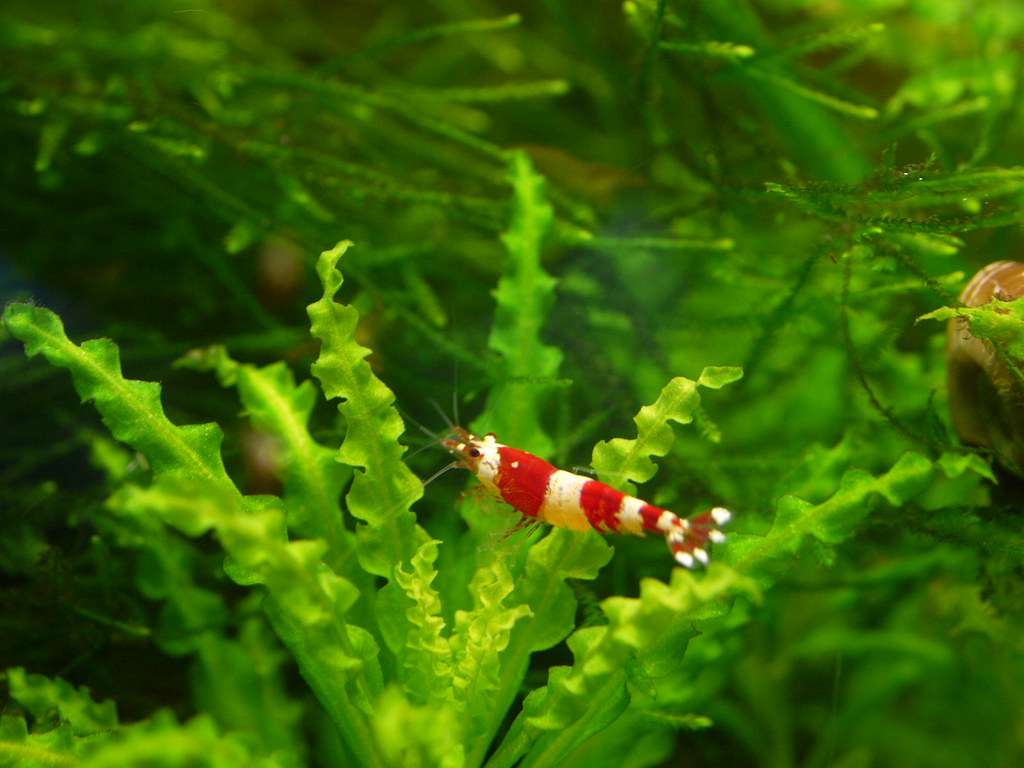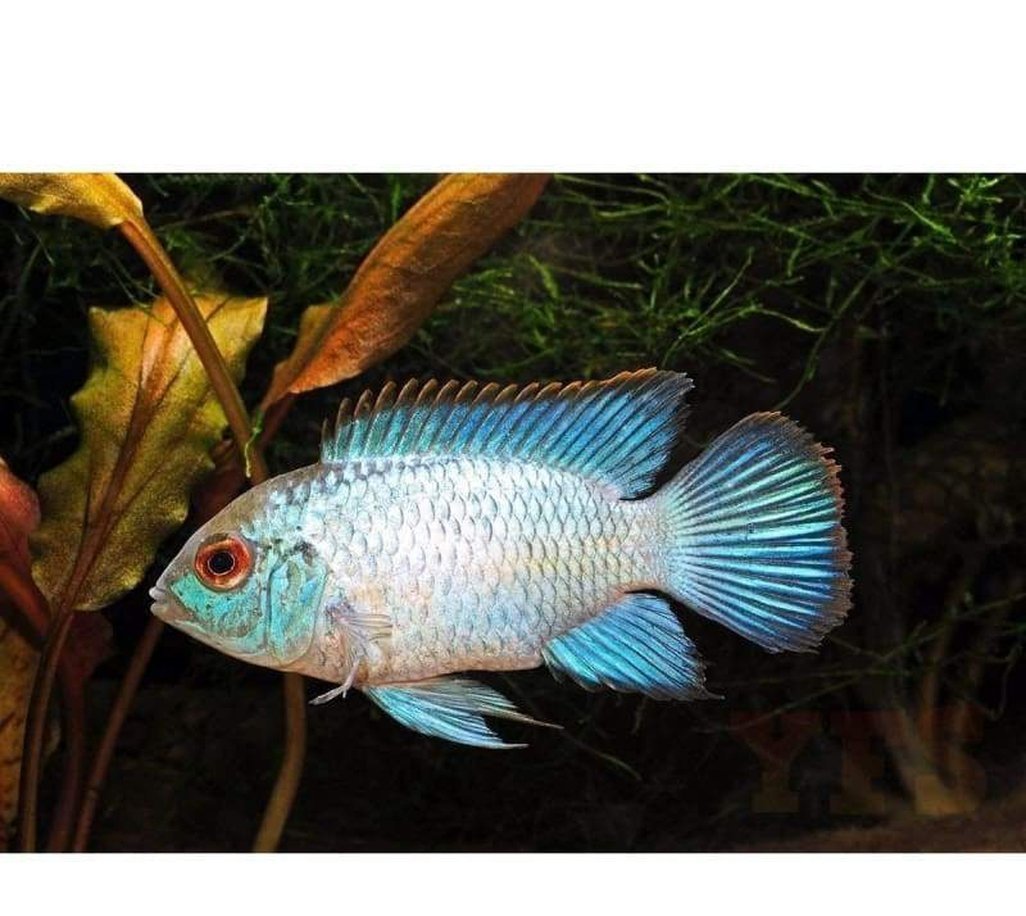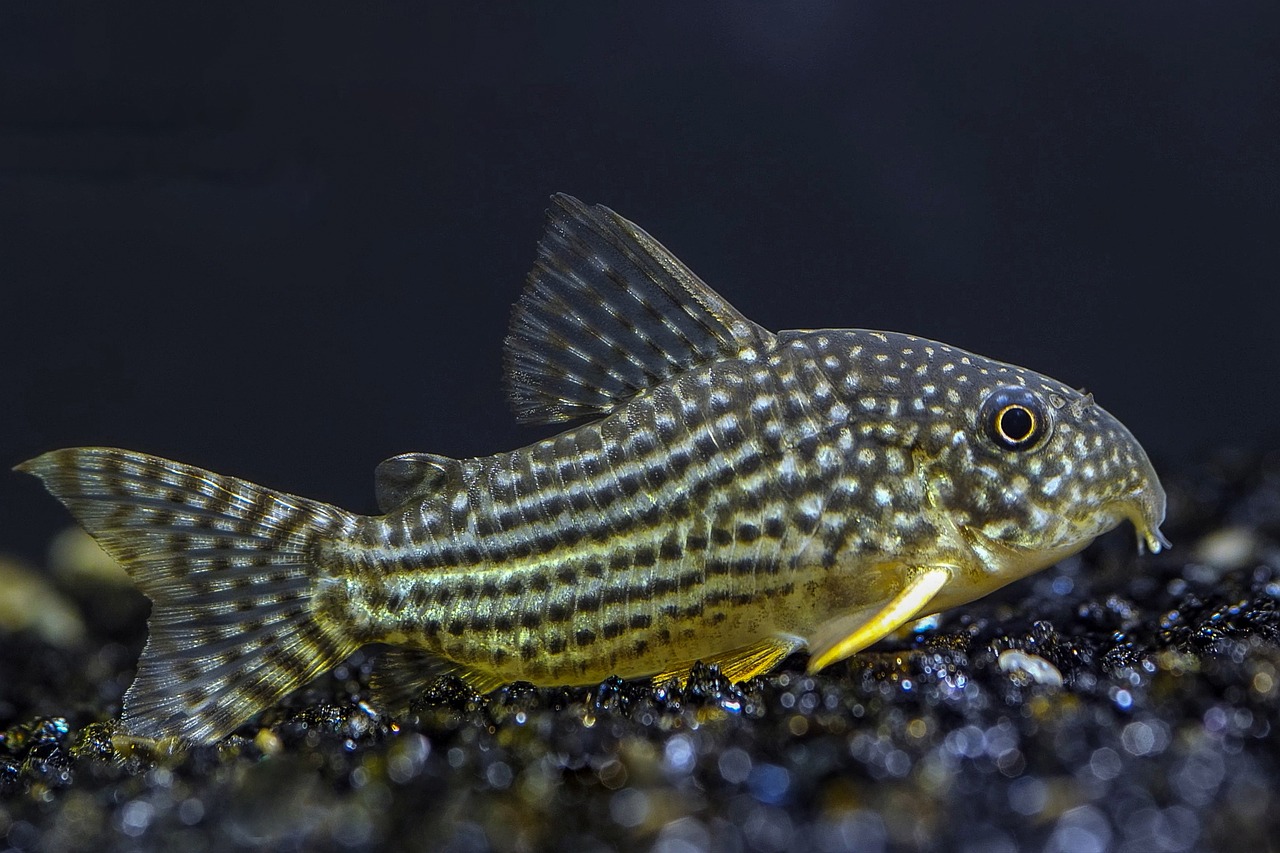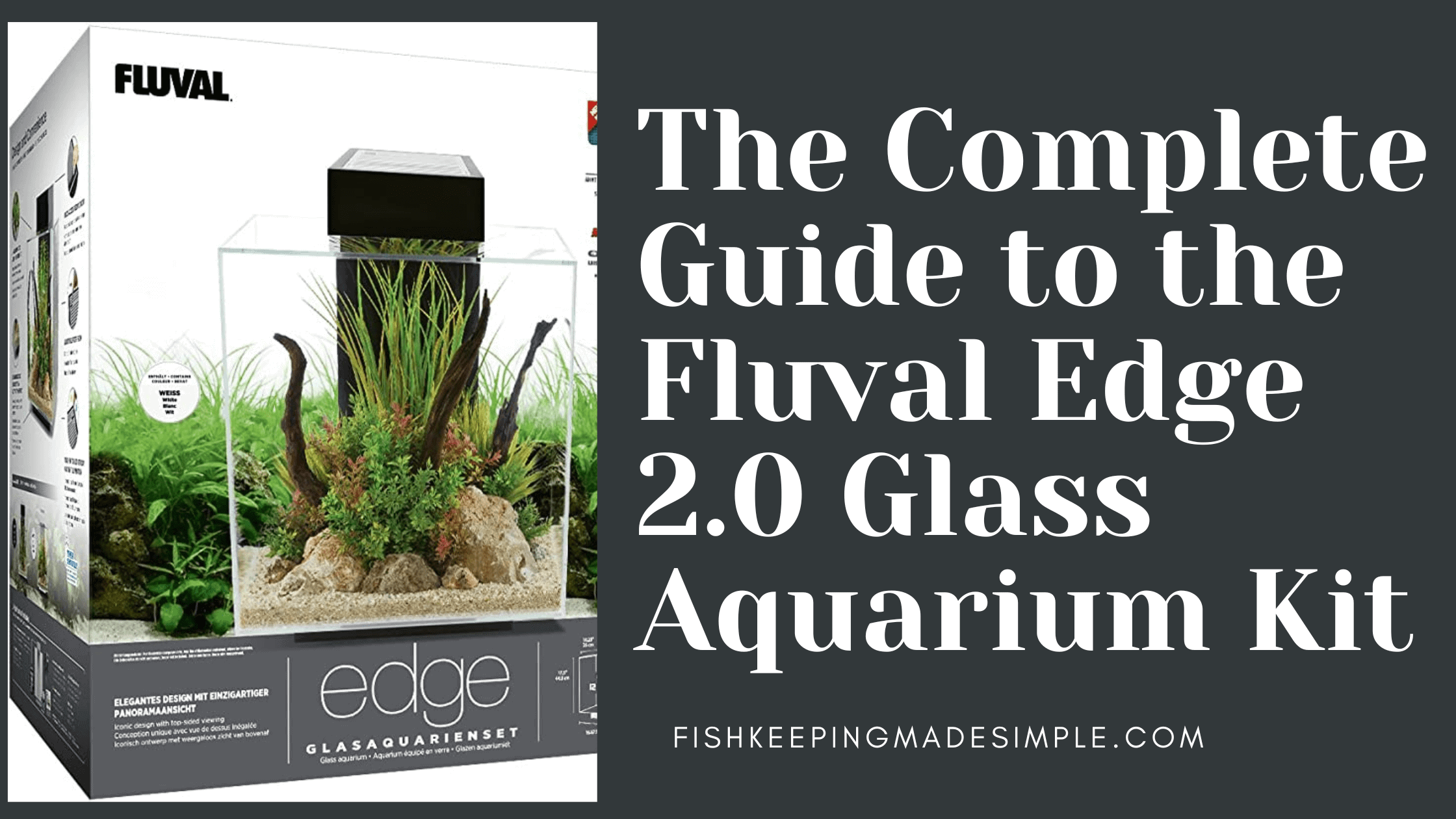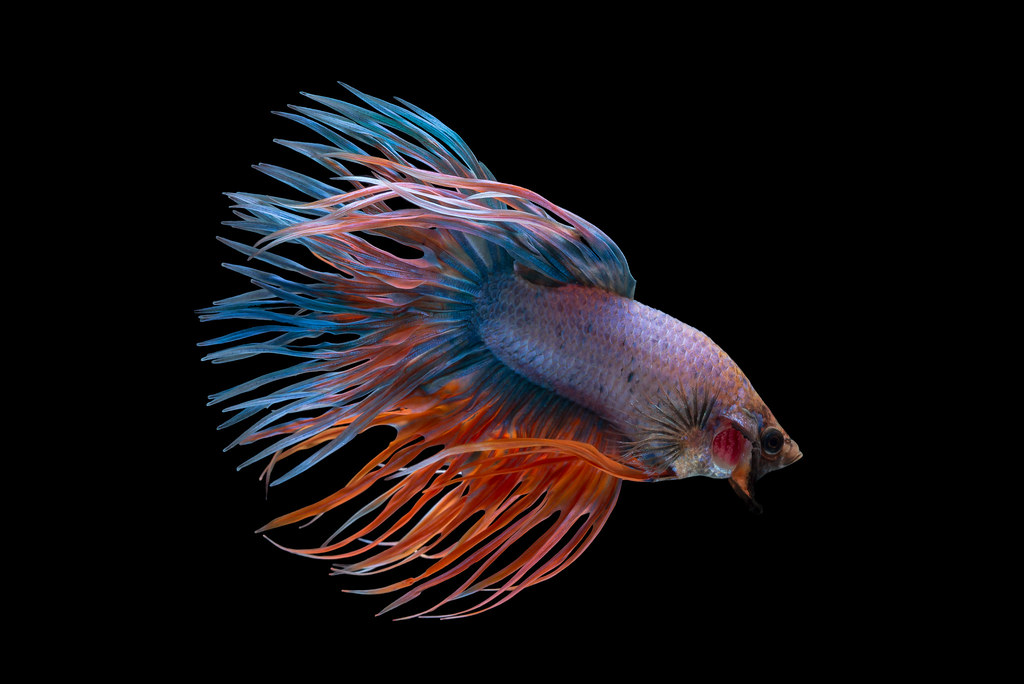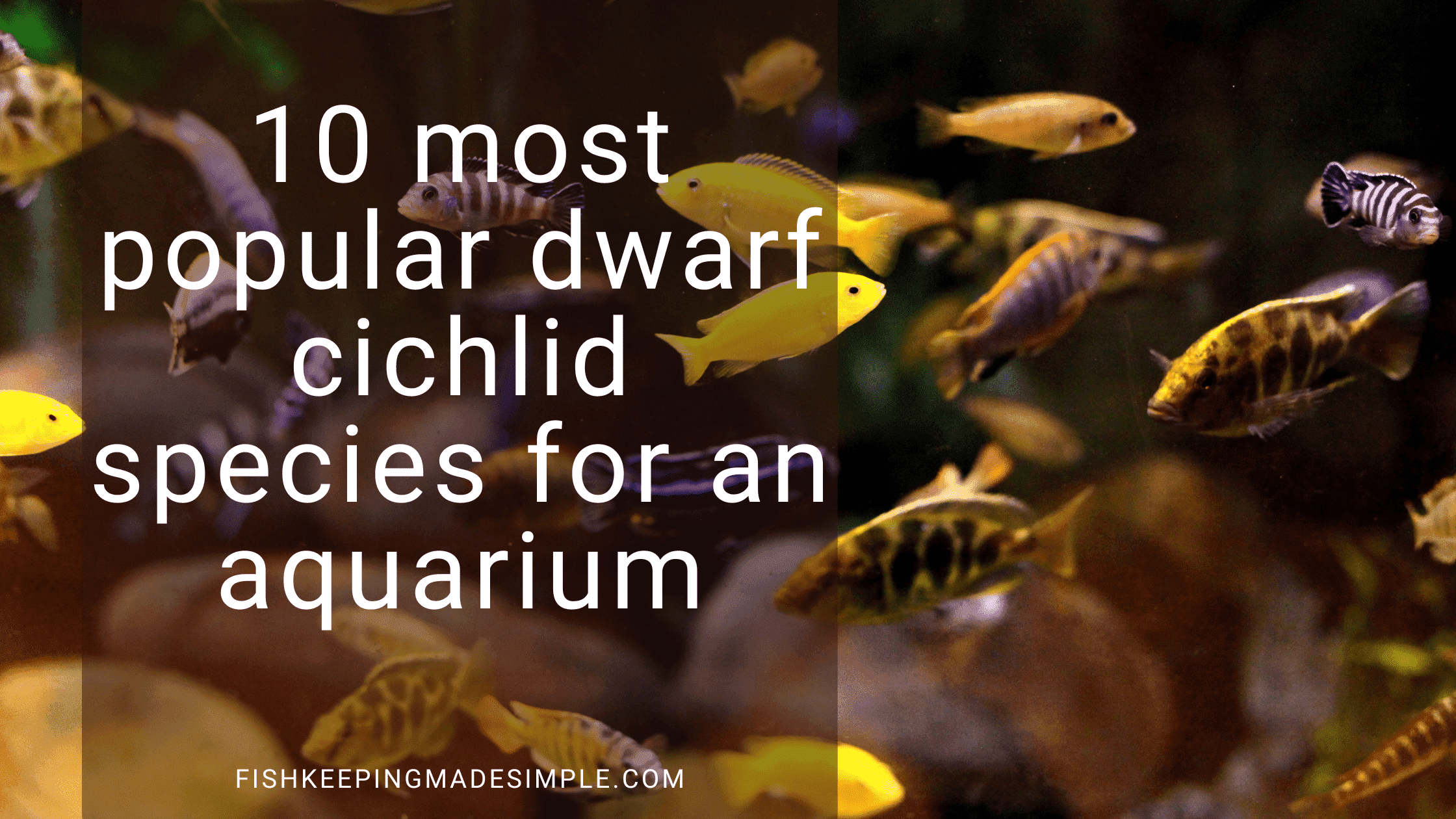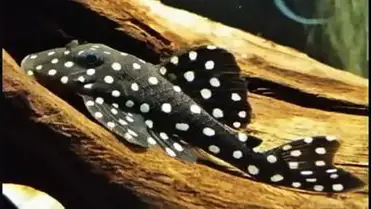Did you know Caridina shrimp need a pH of 6.4 and a TDS of 93 ppm to do well? As more people in North America start keeping shrimp, it’s key to know their special needs. The Shrimp Farm, the biggest U.S. shrimp retailer, has been helping since 2005. They offer many Caridina and Neocaridina species in cool colors and patterns.
Keeping water stable is vital for Caridina shrimp’s health and breeding. In this guide, I’ll share top tips for caring for Caridina shrimp. We’ll cover setting up the perfect tank to breeding techniques. This article is for both new and experienced shrimp keepers, aiming to help you create a great home for your Caridina shrimp.
Table of Contents
Key Takeaways
- Caridina shrimp require specific water parameters, with a pH range of 6.4 and a TDS of 93 ppm
- Maintaining stable water conditions is crucial for the health and breeding success of Caridina shrimp
- The Shrimp Farm offers a wide selection of Caridina and Neocaridina species in various colors and patterns
- Creating the optimal tank setup is essential for the well-being of Caridina shrimp
- Mastering shrimp breeding techniques can help you establish a thriving Caridina shrimp colony
Understanding the Unique Needs of Caridina Shrimp
Caridina shrimp are fascinating and diverse. They have become popular among aquarium fans. To keep them well, it’s key to know their special needs.
Caridina Shrimp Species and Their Requirements
There are many Caridina shrimp species, each needing different care. For example, the Caridina formosae can grow up to 17.7 mm. They do well in 5-10 gallon aquariums.
The Crystal Red Shrimp (CRS) like temperatures between 62-72°F. They also prefer a pH of about 6.4 and a TDS of 93 ppm.
Other notable Caridina species include:
- Cherry Shrimp: Temperature range of 68-78°F
- Amano Shrimp: Temperature range of 60-80°F
- Caridina formosae: Temperature range of 65-82°F, pH 6.5-7.5, Hardness 2-8, TDS 100-200
Importance of Stable Water Parameters
Keeping water parameters stable is vital for Caridina shrimp. Changes in temperature, pH, or TDS can stress them. Regularly test water for pH, GH, KH, ammonia, nitrites, and nitrates. Keep nitrates under 20 ppm.
| Parameter | Recommended Range |
|---|---|
| Temperature | 62-82°F (species-dependent) |
| pH | 6.4-7.5 (species-dependent) |
| TDS | 93-200 ppm (species-dependent) |
| Nitrates | Below 20 ppm |
Tap water in the U.S. has a nitrate limit of 40 ppm. This is too high for shrimp tanks. So, using a good water remineralizer or RO water is often needed.
Knowing the needs of different Caridina species and keeping water stable helps aquarium fans create a great home for these shrimp.
Creating the Optimal Caridina Shrimp Tank Setup
Creating a great home for Caridina shrimp in a planted aquarium needs careful planning. You must pick the right tank size, filtration, substrate, hardscape, lighting, and heating. This setup should mimic their natural habitat. Here, we’ll cover the key parts of a good Caridina shrimp tank setup to keep your shrimp happy and healthy.
Choosing the Right Aquarium Size and Filtration
A 10-gallon tank is perfect for starting a Caridina shrimp colony. It’s big enough for a small group and easy to keep the water stable. Choose a long tank over a tall one because shrimp like to move around horizontally.
A good filter is key for clean water in your shrimp tank. A dual sponge filter works well because it filters mechanically and biologically without strong water flow. This is good for your shrimp. Sponge filters also let shrimplets safely eat biofilm without getting sucked into the filter.
Substrate and Hardscape Selection
The substrate is important for keeping the water right and helping beneficial bacteria. Use an aquasoil substrate, like those for planted tanks, for your Caridina shrimp tank. These substrates help keep the pH stable and the water chemistry consistent, which is good for your shrimp.
Driftwood and rocks add beauty and hiding spots for your shrimp. Make sure they are safe for aquariums and arrange them to create hiding places and sheltered areas. This helps your shrimp feel safe and secure.
Lighting and Heating Considerations
Good lighting is key for a healthy planted tank that supports algae and biofilm for your shrimp. Choose a lighting system that’s not too strong. This prevents too much algae and keeps your shrimp stress-free.
Caridina shrimp like temperatures between 68-70°F (20-21°C). You might need a small heater to keep the water at the right temperature. In warmer places or summer, use small computer fans to cool the water and keep it at the right temperature for your shrimp.
By picking the right tank size, filtration, substrate, hardscape, lighting, and heating, you can make a great home for your Caridina shrimp. Regular tank maintenance, like water changes and checking water parameters, will help your tank thrive.
Maintaining Ideal Water Parameters for Caridina Shrimp
As a Caridina shrimp enthusiast, I’ve learned that keeping the water just right is key. These sensitive creatures need specific pH, GH, and KH levels to be healthy. Even small changes can stress them out, cause molting issues, or even be fatal. Here, I’ll share my tips for keeping your shrimp tank perfect.
Targeting Specific pH, GH, and KH Ranges
Caridina shrimp like a pH between 5.8 and 6.6, which is a bit acidic. To get this, I use RO/DI water and Salty Shrimp GH+ to adjust the TDS, GH, and KH. Keeping these levels steady is crucial to avoid stress and molting problems.
Regular Water Testing and Adjustments
Testing your water often is a must for shrimp tank care. I test at least once a week with reliable kits. Watch for changes in pH, GH, KH, and TDS. If levels stray, make small adjustments with the right products. Avoid big changes to prevent shocking your shrimp.
| Parameter | Ideal Range for Caridina Shrimp |
|---|---|
| pH | 5.8-6.6 |
| GH | 6-7 |
| KH | 0 |
| TDS | 100-200 ppm |
| Temperature | 19°C-25°C |
Water Change Frequency and Techniques
Regular water changes are vital for keeping the water perfect. I do 10-20% changes weekly with RO/DI water. Always use drip acclimation to avoid shocking your shrimp.
Stable water is essential for Caridina shrimp care. By aiming for the right levels, testing, adjusting, and changing water regularly, you’ll create a great home for your shrimp. They’ll thrive, molt well, and even reproduce.
Selecting the Best Diet for Caridina Shrimp
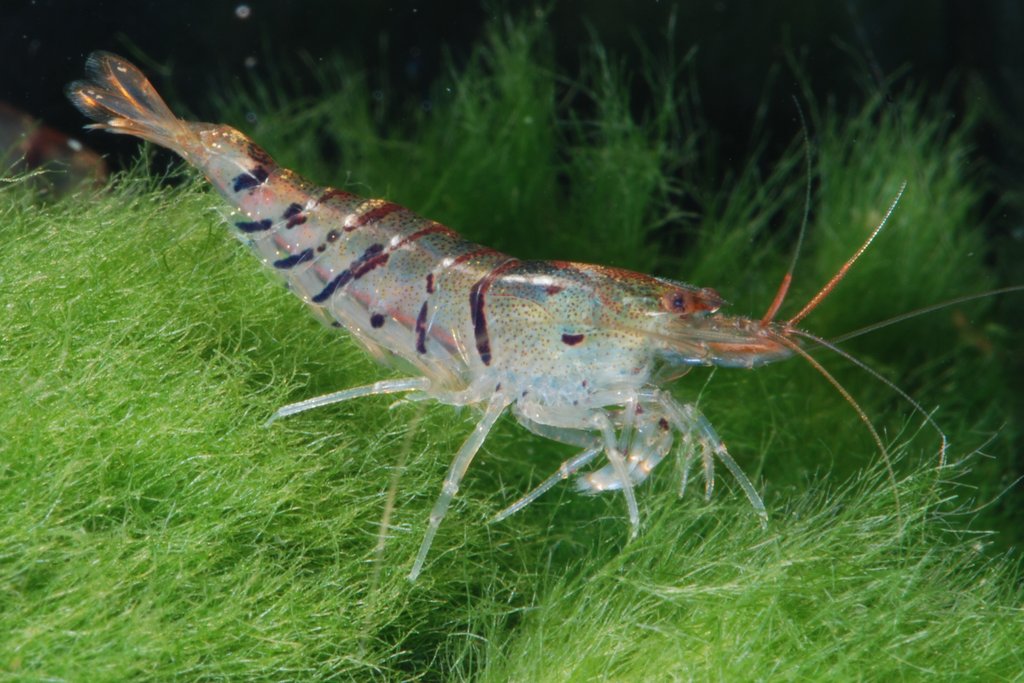
Choosing the right diet is key for your Caridina shrimp’s health. They need a balanced diet that meets their nutritional needs. I’ll talk about the best commercial shrimp foods and the benefits of adding blanched vegetables and leaf litter.
Commercial Shrimp Foods and Their Benefits
Commercial shrimp foods are made to give Caridina shrimp the nutrients they need. Some top choices include:
- Shirakura Ebi Dama
- Borneowild Barley
- Bacter AE
- Shrimp King Complete
- Shrimp King Mineral
- Shrimp King Protein
- Shrimp King Snowflake
These foods help with healthy growth, brighter colors, and a strong immune system. It’s important to feed them as directed and not too much, to avoid water quality problems.
Supplementing with Blanched Vegetables and Leaf Litter
Adding blanched vegetables and leaf litter to their diet is also good. Great options are:
| Blanched Vegetables | Leaf Litter |
|---|---|
| Spinach | Indian Almond Leaves |
| Kale | Mulberry Leaves |
| Zucchini | Catappa Leaves |
| Carrots | Oak Leaves |
Blanched veggies give important vitamins and minerals. Leaf litter is a natural food source and helps keep water stable. Offer these supplements 2-3 times a week. Remove any uneaten food after a few hours to prevent water problems.
By giving your Caridina shrimp a varied and balanced diet, they will do well in their tank. Watch their eating habits and adjust feeding amounts and frequency as needed for their best diet.
Advanced Caridina Shrimp Care: Breeding and Colony Management
Breeding Caridina shrimp and managing a thriving colony need careful water management, strategic feeding, and selective breeding. Understanding their unique needs helps shrimp enthusiasts encourage reproduction and keep their aquariums healthy and vibrant.
Encouraging Breeding Through Water Changes and Feeding
Performing larger water changes, about 20-30%, during seasonal changes can stimulate breeding. This mimics natural habitat changes and triggers reproductive instincts. A balanced diet with occasional protein feedings, like blanched spinach, promotes healthy growth and breeding behavior.
Separating and Caring for Shrimplets
When female Caridina shrimp become berried, provide plenty of hiding spots and dense vegetation for shrimplets. Moss, like Java moss, offers shelter and a natural food source. Sometimes, hobbyists separate shrimplets into a dedicated tank for their safety and optimal development.
Culling and Selective Breeding Practices
To improve colony quality, culling and selective breeding are used. Remove shrimp with less desirable traits and breed only the best. This way, shrimp keepers can enhance the quality and appearance of their colonies over time.
| Shrimp Species | Ideal Water Parameters | Breeding Tips |
|---|---|---|
| Caridina Red Pinto |
|
|
| Red Rili Shrimp |
|
|
By using these advanced shrimp breeding techniques and careful colony management, enthusiasts can create thriving, diverse populations. These populations showcase the beauty and adaptability of Caridina shrimp.
Preventing and Treating Common Caridina Shrimp Diseases
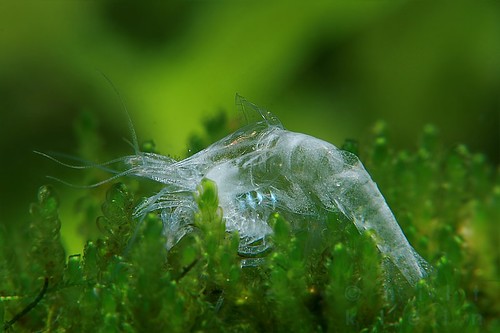
Keeping Caridina shrimp healthy is key. It’s important to prevent and treat diseases to keep them thriving. By spotting illness signs early and using the right treatments, I keep my shrimp happy and healthy.
Recognizing Signs of Illness and Stress
Spotting illness in Caridina shrimp is crucial. Look out for:
- Lethargy and reduced activity levels
- Loss of appetite or refusal to feed
- Unusual swimming patterns or erratic behavior
- Changes in coloration, such as a loss of vibrancy or the appearance of dark spots
- Visible parasites or growths on the shrimp’s body or head
By watching my shrimp closely, I can catch health problems early. This helps me act fast to keep them healthy.
Quarantine Procedures and Treatment Options
Quarantine is key to stopping disease spread. I isolate new shrimp for 2-4 weeks before adding them to my main tank. This lets me check for illness and treat it before they join the others.
If a shrimp looks sick, I move it to a treatment tank. I use different treatments based on the disease. For example:
| Disease | Treatment Options |
|---|---|
| Scutariella japonica (parasitic growth) | Aquarium salt, Seachem ParaGuard, or praziquantel |
| Bacterial infections | Antibiotics like erythromycin or minocycline |
| Fungal infections (e.g., mycosis) | API Pimafix or other antifungal medications |
| Ellobiopsidae (parasitic growth) | Manual removal, salt dips, or antiparasitic medications |
I also keep water quality high and change it regularly. Good filtration helps too. This all helps prevent disease and keeps my shrimp healthy.
By being careful, using quarantine, and treating diseases right, I keep my shrimp colony thriving. It’s all about staying alert and taking good care of them.
Creating a Thriving Planted Aquarium for Caridina Shrimp
Creating a planted aquarium for Caridina shrimp makes the tank look great. It also helps the shrimp stay healthy. The right plants and a balanced ecosystem support the shrimp’s growth and reproduction.
Best Plants for Caridina Shrimp Tanks
Choose plants that are easy to care for for your shrimp tank. Some top picks are:
- Java Moss (Vesicularia dubyana)
- Christmas Moss (Vesicularia montagnei)
- Anubias (Anubias barteri var. nana)
- Cryptocoryne (Cryptocoryne wendtii)
- Floating plants like Amazon Frogbit (Limnobium laevigatum) and Duckweed (Lemna minor)
These plants offer great grazing spots and hiding places. They help reduce stress and encourage natural shrimp behavior.
Balancing Plant Growth and Shrimp Population
To keep a healthy balance, consider these tips:
- Lighting: Give plants enough light, about 6-8 hours a day. Use low to moderate light to avoid too much algae.
- Fertilization: Use fertilizers at 1/4 to 1/3 of the recommended dose. This supports plants without harming shrimp.
- Water changes: Change 30-50% of the water weekly. This removes excess nutrients and keeps water stable.
- Shrimp population: Control the number of shrimp through selective culling and breeding. This prevents overcrowding and stress.
| Parameter | Optimal Range |
|---|---|
| pH | 5.8-6.6 |
| Temperature | 19°C-25°C |
| TDS | 100-200 ppm |
| GH | 3-6 dGH |
| KH | 0-2 dKH |
Keep these water parameters in check and balance plant growth with shrimp numbers. This way, you’ll have a thriving planted aquarium setup for your Caridina shrimp.
Mastering the Shrimp Molting Process
As a shrimp keeper, knowing about molting is key to a healthy colony. Caridina shrimp grow by shedding their exoskeletons. This time is delicate, so it’s vital to create the best conditions for molting.
Understanding the Molting Cycle
The molting cycle has several stages. In the pre-molt stage, shrimp soak up calcium from their old shell. Then, they molt and come out with a soft new shell. After that, their new shell hardens over a few days, making them vulnerable.
Providing Optimal Conditions for Successful Molts
For successful molts, keep water stable and feed them well. Caridina shrimp need certain pH, GH, and KH levels. Testing water and adjusting it helps prevent molting problems. Also, give them calcium-rich foods like blanched veggies and shrimp supplements.
Keeping the environment calm is also crucial. Offer hiding spots like plants and caves. Avoid touching the shrimp during molting to prevent stress. By understanding and supporting the molting process, you can keep your shrimp healthy and thriving.
FAQ
What water parameters do Caridina shrimp require to thrive?
What size tank is suitable for a small colony of Caridina shrimp?
How do I achieve the desired water parameters for Caridina shrimp?
What should I feed my Caridina shrimp?
How can I induce breeding in my Caridina shrimp colony?
How do I prevent and treat diseases in my Caridina shrimp?
What plants are best for a Caridina shrimp tank?
What should I know about the molting process in Caridina shrimp?
Reference
| International Body | Website |
| American Aquarium Association | https://www.americanaquariumproducts.com/ |
| Aquatic Plant Society | https://www.aquaticplantsociety.org/ |
| Aquatic Veterinarians | https://www.aquavetmed.info/ |
| International Aquatic Plants Society | https://www.iapso-online.com/ |
| International Shrimp Competitions | https://www.shrimpspot.com/ |
| Shrimp and Freshwater Invertebrates | https://www.shrimpspot.com/forums/freshwater-invertebrates.37/ |
I am a passionate aquarist with over 30 years of hands-on experience in fishkeeping. My journey began at a young age, collecting fish from the wild and learning through experimentation. Specializing in tropical fish, I bring a deep understanding of the hobby to FishKeepingMadeSimple. The site provides honest, detailed reviews of essential products and accessories to help fellow enthusiasts create the best environments for their fish.

